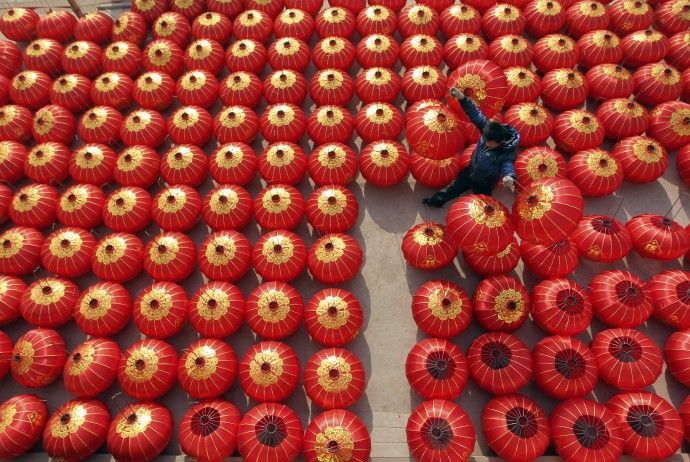China gears up to tackle New Year travel acid test

With as many as 2.85 billion journeys expected in 40 days, China is gearing up to tackle the travel needs of the soon approaching Lunar New Year.
The annual mass passenger transportation for the traditional Lunar New Year will start on January 19, 2011, the state-run news agency, Xinhua quoting the National Development and Reform Commission (NDRC).
NDRC on Wednesday predicted that travel this Chinese new year would be up 11.6 percent in comparison with the previous one.
According to NDRC, passengers would make 2.56 billion journeys by bus, up 12 percent year on year, and 230 million journeys by train, up 12 percent, 35 million journeys by boat, up six percent, and 32.2 million journeys by air, up 10 percent.
The Chinese new year is considered as one of the major holidays in the communist nation, as well as regions with a sizeable Chinese population such as the Chinatowns across the globe, Mainland China, Hong Kong,Indonesia, Macau, Malaysia, Singapore, Taiwan, and Vietnam.
The Chinese New Year, also known as the Spring Festival, is referred to as the Lunar New Year as the date is determined based on lunar phase. Traditionally, the festival begins on the first day of the first month in the Chinese calendar and ends with Lantern Festival which fall on the fifteenth day.
The 40-day period around the new year is also known as Chunyun. During this time Chinese families gather for their annual reunion dinner. This includes domestic travellers as well cross-border travellers as migrant workers in China, as well as overseas Chinese around the world travel home to have reunion dinners with their families on Chinese New Year's Eve.
The New Year season is considered as the acid test for China's transportation systems.
© Copyright IBTimes 2025. All rights reserved.





















